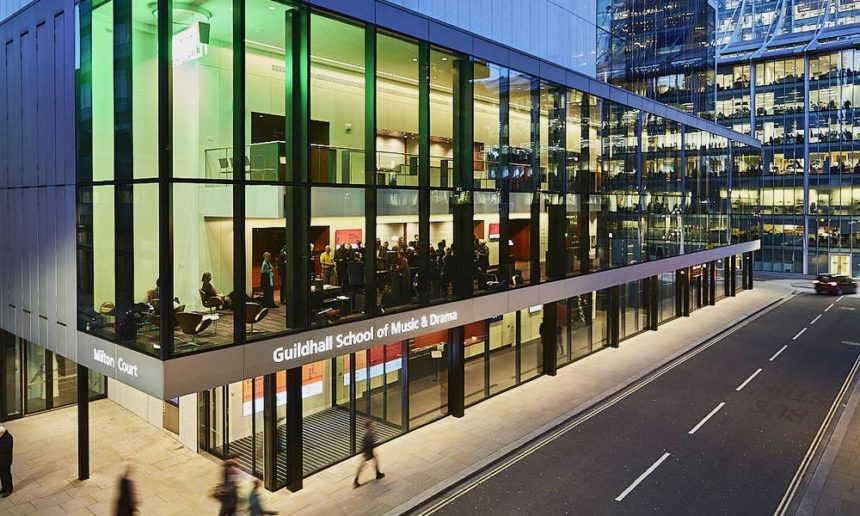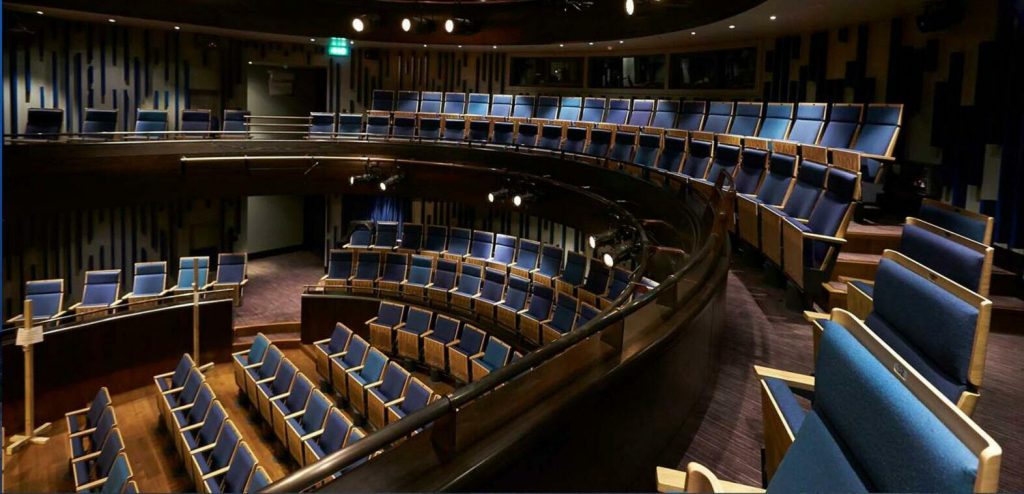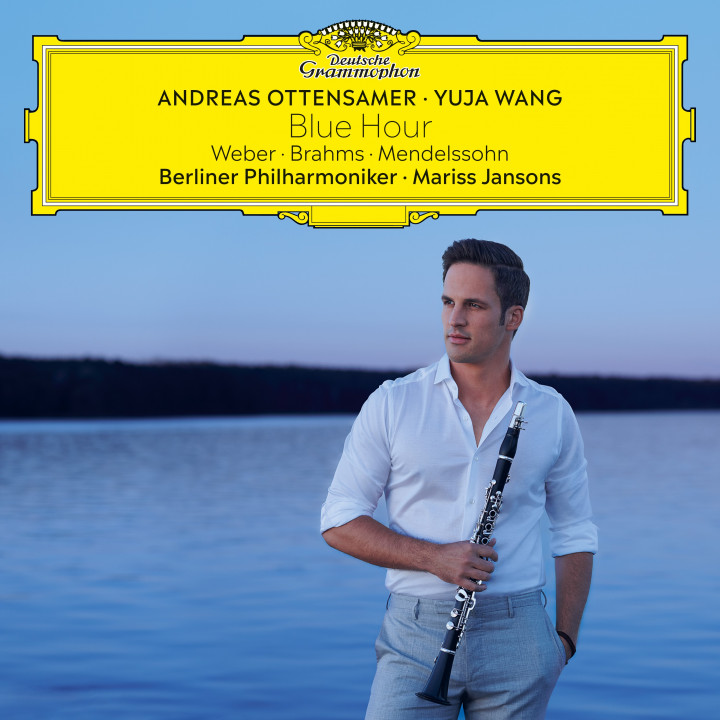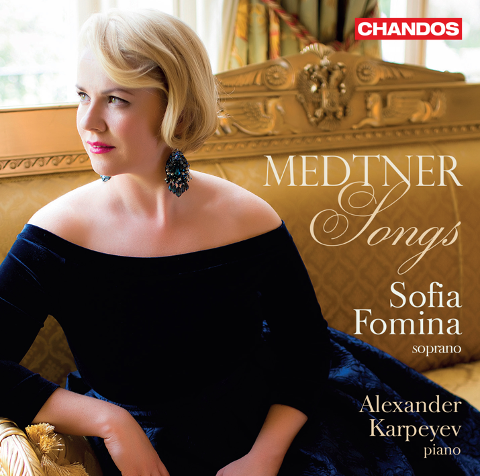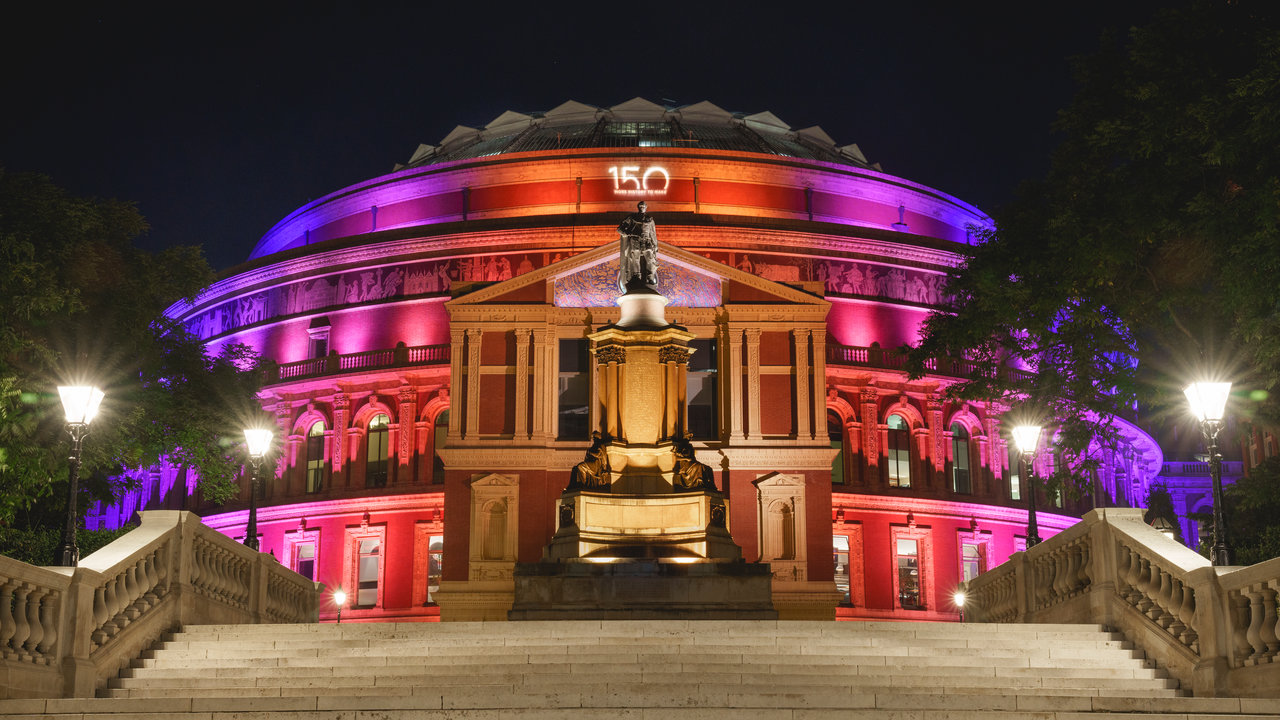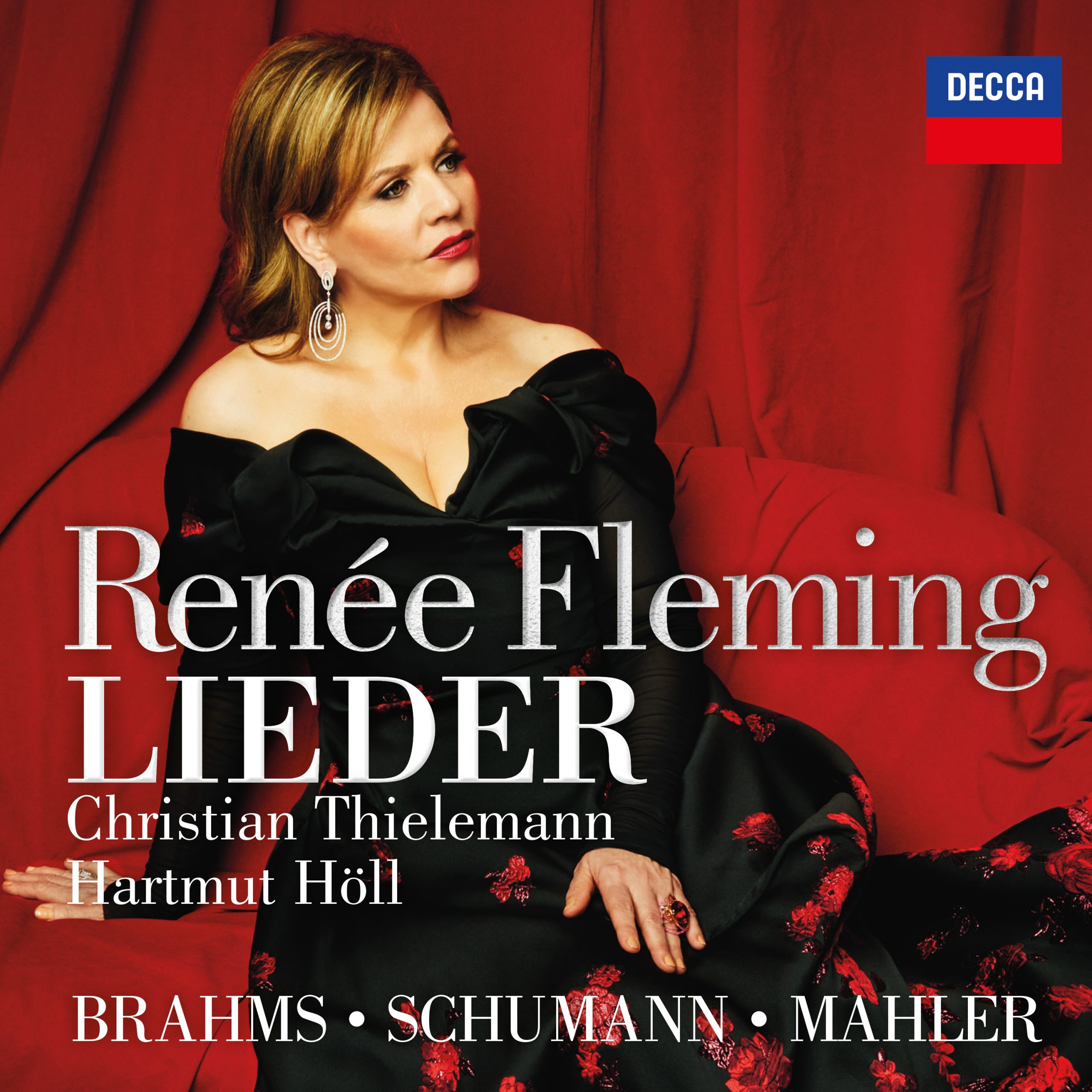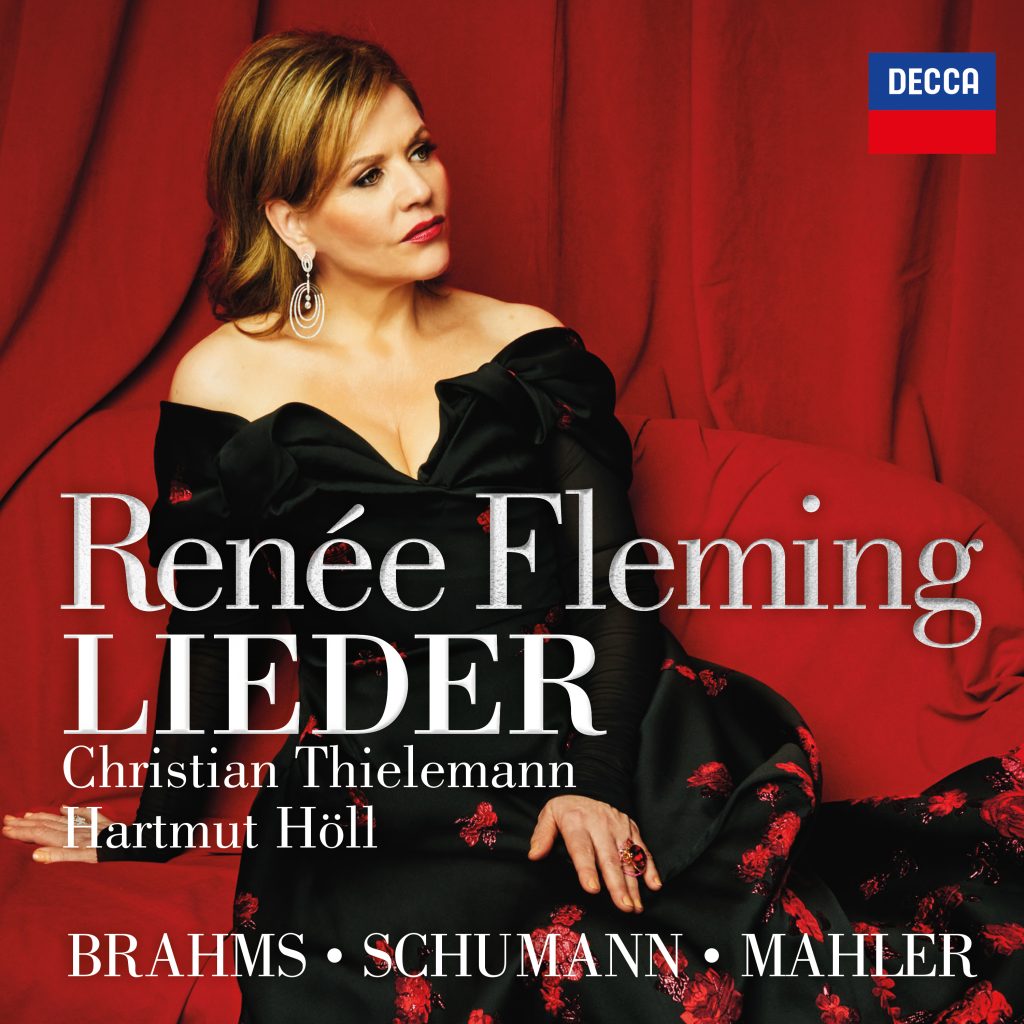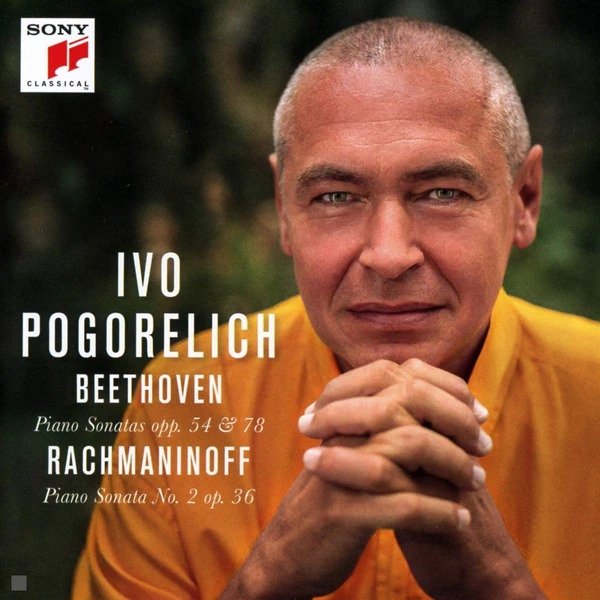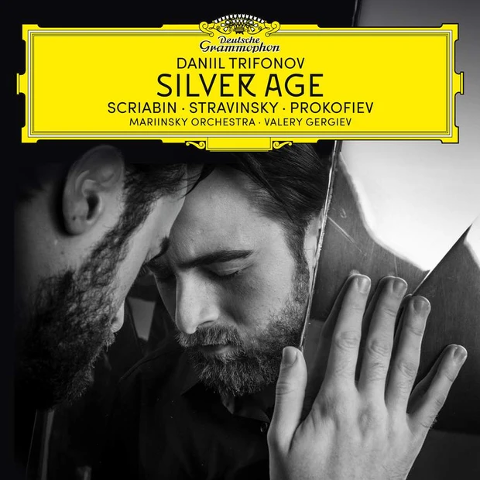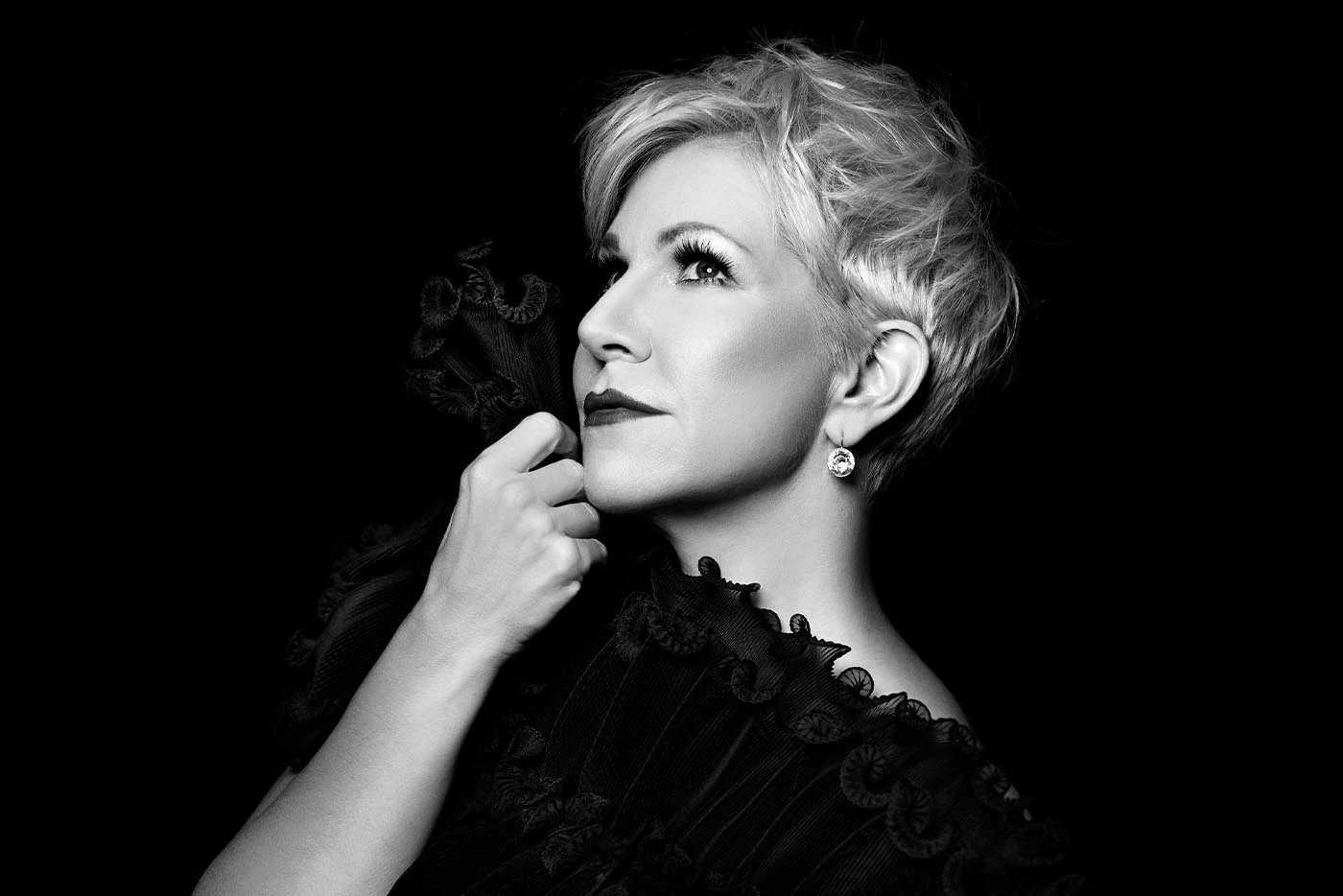Maria João Pires
The best living pianist of the world
Top Classical, March 2021
Her tiny hands and small complexion has never been an impediment for Maria João Pires to dominate the piano since the early age of three years old.
On the contrary, she found the way to compensate the low natural strength of a body that does not reach sixty feet, with her own techniques and skills that she developed through the years. She’s a living proof of what her college Daniel Barenboim maintains: that the piano is not played with the hands, but with head.
Maria João Pires was born in Lisbon in 1944. At age nine she received the highest recognition from a young Portuguese musician. Between 1953 and 1960 she studied at the Lisbon Conservatory. She continued her studies in Germany, first at the Munich Music Academy and later in Hanover.
Maria João Pires has performed in all corners of the world with the most important orchestras, including: Berliner Philarmoniker, the Boston Symphony Orchestra, the Royal Concertgebouw Orchestra, the London Philharmonic, the Orchester de Paris or the Wiener Philharmoniker. She is also a renowned chamber music performer. In recent years she has participated in major international festivals, including Schleswig-Holstein Music Festival, Schubertiade, Tanglewood, Ravinia, Montpellier, Lucerne, Edinburgh, and BBC Proms.
This fierce and delicate Portuguese performer has gone a long way in the pursue of happiness. She had a hard time finding the right place for her. The feeling of going against herself has accompanied her throughout her life, since she first experienced it in her childhood and stayed with her when she couldn’t be able to complete her pedagogical project in Belgais, near from Castelo Branco (Portugal). “The center of study for the arts”, which was a model in the classical world, was placed in a large rural house converted into a home and school. The pianist and her team were almost self-sufficient in that refuge – they even produce oil – where a children’s choir had been formed, and where a few students periodically lock themselves there to receive intensive teaching, in an atmosphere of unusual creativity. Unfortunately it had to be closed when the Portuguese government reduced subsidies and began to put up bureaucratic obstacles.
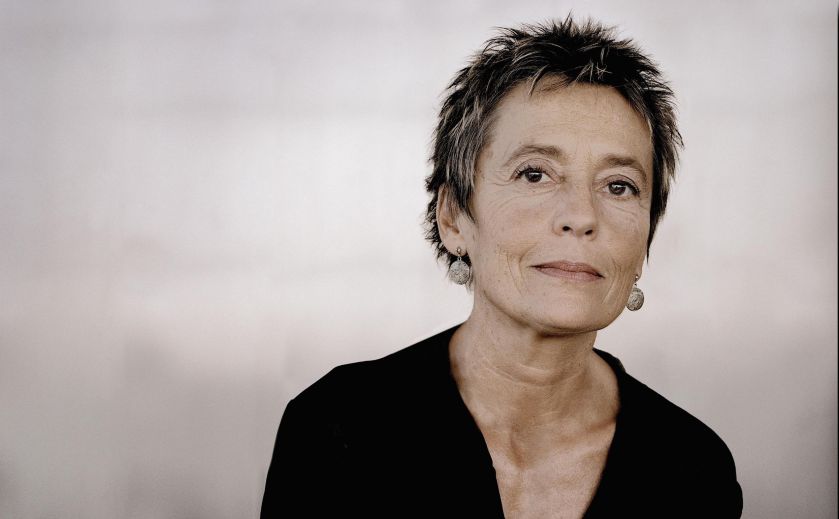
After that she decided to move from her natal Portugal first in Brazil and now in Belgium, where she teaches and continues to study and compose her own music mainly focused on classicism and romanticism. History has enshrined her as one of the greatest figures of 20th century pianism. Elegant, feisty, sweet, restless, rebellious, Maria João Pires is considered the best living pianist of the world.
She is an artist of exquisite and delicate sensibility who has always fiercely shunned the servitudes of the star system and has not stopped packing auditoriums and wowing crowds with her deep interpretations of Chopin or Schubert. Retired from the big music halls she now prefers reduced spaces «I no longer have a proper musical career, because I no longer identify myself with making music in the big halls. What I want now is to be able to do special projects and play on stages that have meaning for me. I really like small, intimate places, where the audience is not a mass and where listening becomes a more active act, where there is a dialogue with the artist».


